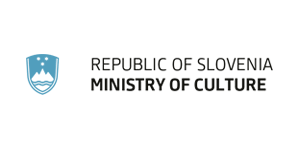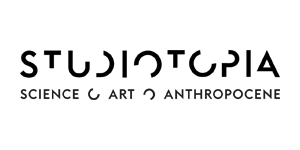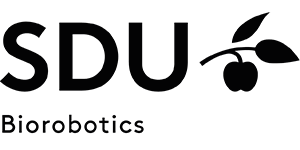In 2020 the !brute_force installation served as a stage for Smrekar and her canine co-performers to climb on, while artificial intelligence algorithms analyzed their breathing, body temperature, and heartbeat. The data was collected in the cloud and used in 2021 as the basis for developing a soft robot with mesh reinforced silicone that morphs and deforms from a flat 2D surface into ever-changing 3-dimensional organic abstract shapes, using pressurized air. Its dynamic movement behaviors reactivate spatial-temporal patterns emerging from the entangled, yet isolated, human-to-nonhuman collaborative performance. Rather than mimicking the abstraction of capital that thrives from all life – through work and force – being directly transformed into (inflated) power, the intercrossing human-dog-AI-robot constellation establishes frames of reference that assert the distributed, networked, and open-ended character of evolution, turning segregation into autonomy and circumventing emergent technologies and their aims.
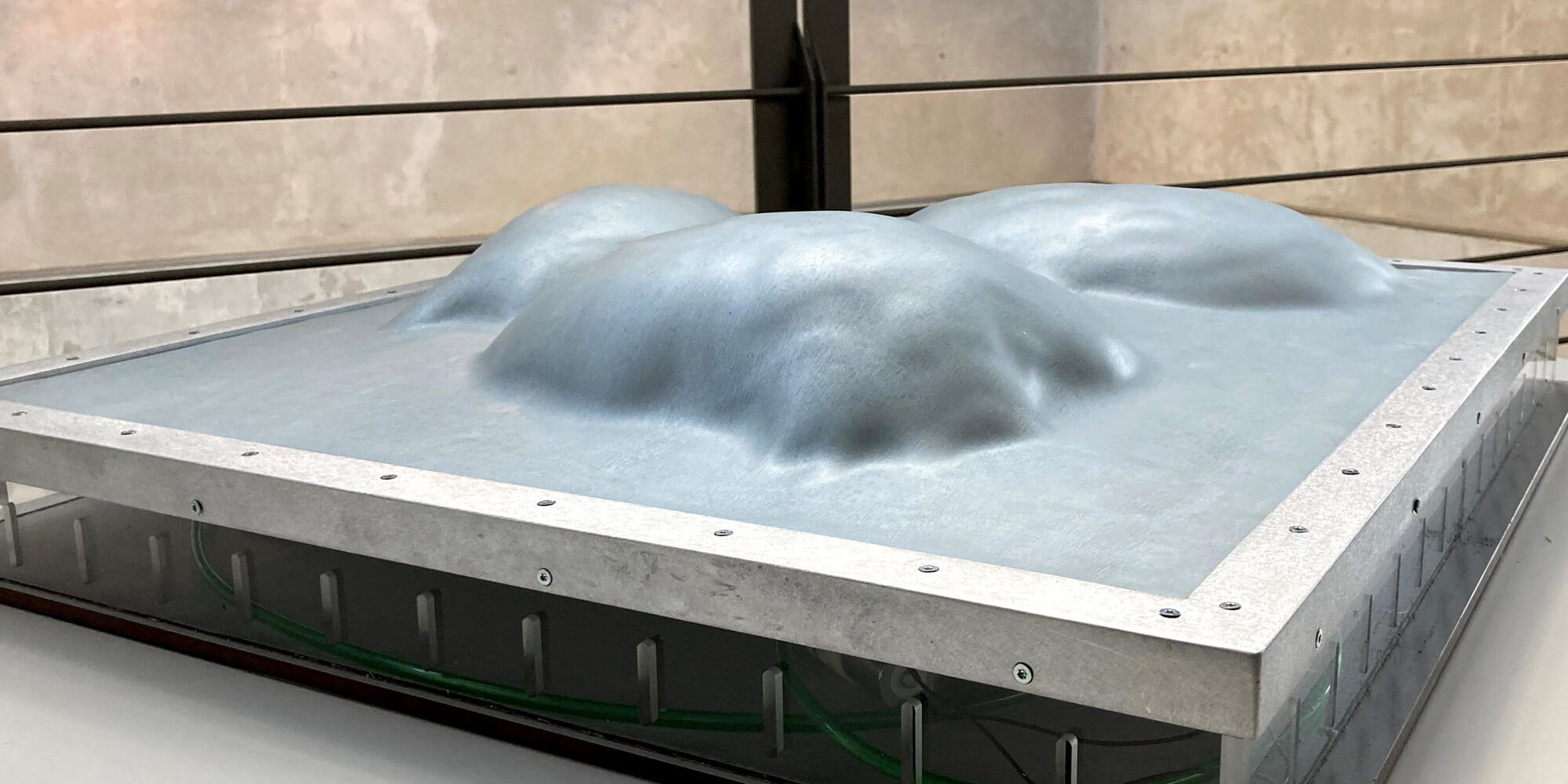
!Cartesian Shell, Maja Smrekar (SI) and Jonas Jorgensen (DK), Credit: Martin Nedergaard Møller-ITU (for Jonas Jorgensen)
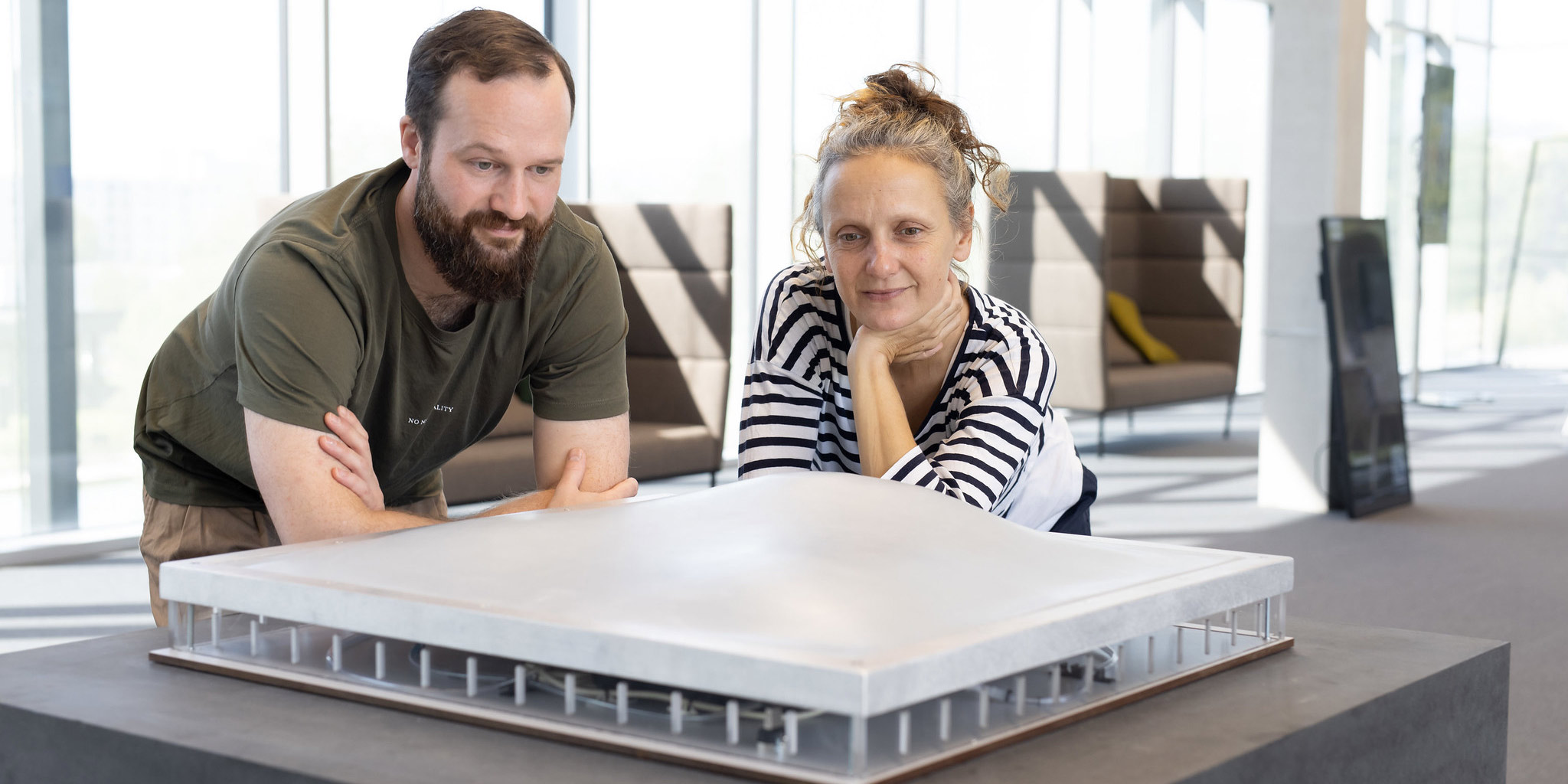
!Cartesian Shell Maja Smrekar (SI), Jonas Jørgensen (DK), Credit: vog.photo

!Cartesian Shell, Maja Smrekar (SI) and Jonas Jorgensen (DK), Credit: Martin Nedergaard Møller-ITU (for Jonas Jorgensen)
ZurückWeiter
Maja Smrekar’s (SI) work has been established in the international art and science milieu. Her practice has allowed her to lead strong collaborations in developing cross-conceptual productions that include installations, performances, site specific art, videos, drawings, workshops, lectures, talks and texts. Among other awards, she received the 2017 Prix Ars Electronica – Golden Nica Award in Hybrid Arts.
More: www.majasmrekar.org
Jonas Jørgensen (DK): Jonas Jørgensen (b. 1981) is assistant professor at the Center for Soft Robotics at the Biorobotics section of the University of Southern Denmark. Jonas was originally trained as a physicist and an art historian at Copenhagen University and Columbia University (New York). He received his PhD degree at the IT University of Copenhagen as a member of the Robotics Evolution and Art Lab (REAL). His current research and practice spans the fields of technical soft robotics research, practice-based artistic research, media art history, and human-robot interaction. Jonas has given lectures, presented papers, and organized workshops at several international conferences and festivals including MediaArtHistories, ICRA (International Conference on Robotics and Automation), HRI (ACM/IEEE International Conference on Human Robot Interaction), ISEA, Pixelache, MOCO (Movement Computing), and Politics of the Machines (POM). His writings have appeared in media art anthologies, artist monographs, exhibition catalogues, peer reviewed academic journals and conference proceedings. Jonas’ collaborative art projects have been exhibited internationally at institutions including Chronus Art Center (Shanghai, China), Science Gallery Dublin, Forum Box (Helsinki, Finland), Kunsthal Grenland (Porsgrunn, Norway), and Nikolaj Kunsthal (Copenhagen, Denmark).
Credits
Soft robotics design and fabrication assistance: Mads Bering Christiansen
Electronics design: Jeppe Rahbæk Mosgaard
Microcontroller and algorithm programming: Ines Benomar
Technical solutions and consulting: Miloš Vujković
The Work was realised within the framework of the STUDIOTOPIA program at Ars Electronica Linz GmbH & Co KG with support of the Creative Europe Culture Programme of the European Union, SDU Biorobotics, The Maersk Mc-Kinney Moller Institute, University of Southern Denmark, Ministry of Culture of the Republic of Slovenia.
In collaboration with RPS Company, Ljubljana (SI)



